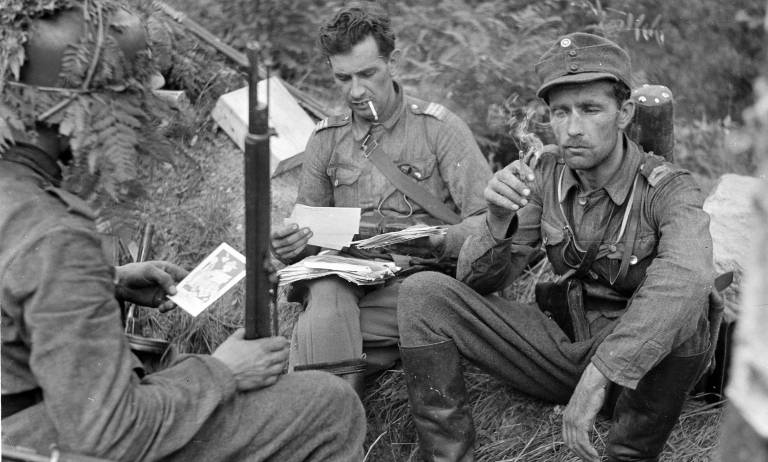
All history is a story of human experiences and, according to a widely used phrase, “we should learn from the experiences of previous generations”. This is especially relevant considering that the past is the only evidence we have when planning for the future. But what can we know about the past experiences, and how do we transfer them into accurate knowledge and historically informed decisions?
HEX looks for answers to these fundamental questions by rethinking historical experiences, historical explanations and historical knowledge, and their place in the current world. The conceptual and methodological innovation of HEX is the renewal of how experience is defined and used as a key part of historical analysis. The approach may be called analytical history of experiences.
Empirically, the study focuses on three big social constructions: (lived) religion, (lived) nation, and (lived) welfare state. The selection is evident both when looking back to our past and when looking to the future: religion has organized societies since premodern times and is an important factor in mindsets in the “postmodern” world; the nation was the most important idea of political commitment in the reorganization of society towards modernization and it continues to be an important political force; and the welfare state was a central societal experience in the Nordic countries in the twentieth century and it is still seen as an appealing model for social development globally. The historical analysis of lived religion offers ways of understanding conflicting experiences of religious identity and social tensions; seeing nations as experienced communities helps us to understand the continuous appeal of nationalism; recognition of the experienced legitimacy of the welfare state provides valuable knowledge for assessing the future challenges of equality.
The Centre of Excellence in History of Experiences (HEX) is nominated and funded by theResearch Council of Finland 2018–2025. It is hosted by the Faculty of Social Sciences (SOC), Tampere University, Finland.





